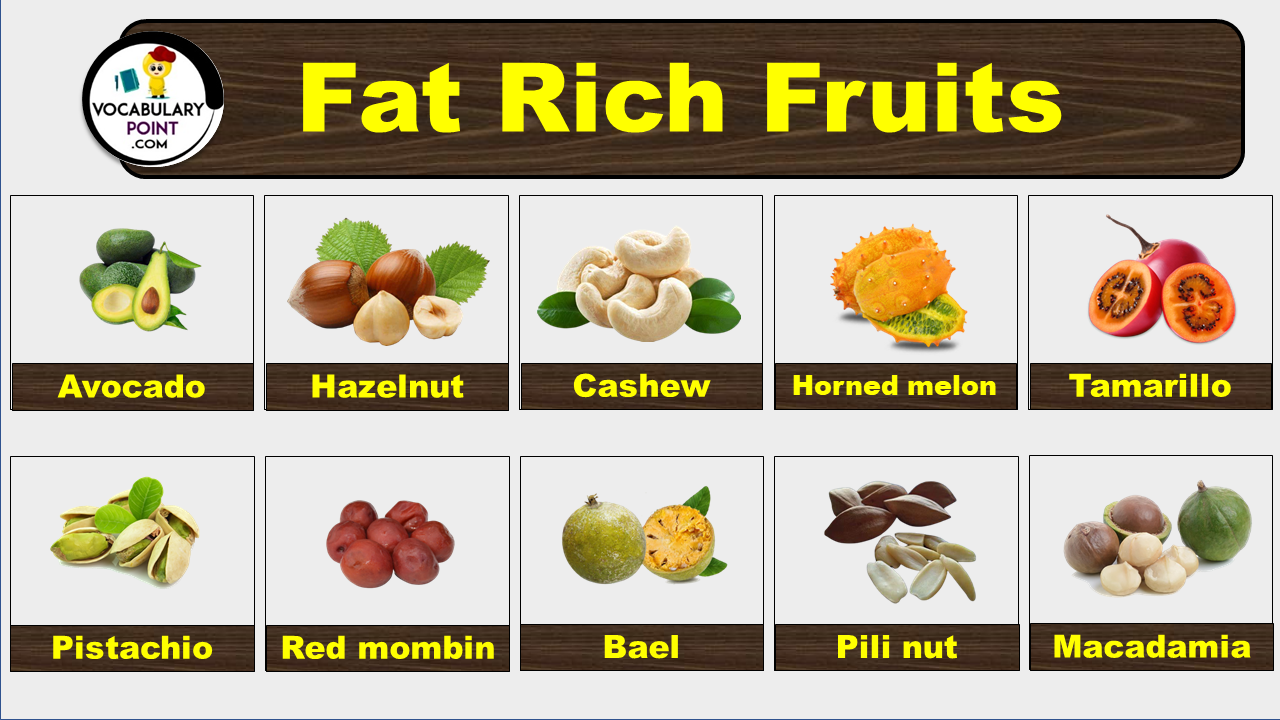Have you ever wondered if certain fruits are more fattening than others? Are you curious about which fruits may contribute to weight gain or hinder your weight loss goals? Look no further, as we present to you the ultimate Fat Fruit List. In this article, we will explore the surprising truth behind fruit and fat, debunking common myths and shedding light on the nutritional content of various fruits. Whether you’re on a diet or simply interested in making healthier choices, this comprehensive guide will help you make informed decisions about your fruit consumption.
Fat Rich Fruits
Avocado
A creamy, green fruit rich in healthy fats, vitamins, and minerals. Used in both savory and sweet dishes.
Coconut
A large, brown, hard-shelled seed of the coconut palm, with white flesh and clear liquid. Used in food and cosmetics.
Durian
A large, spiky fruit known for its pungent smell and creamy, custard-like flesh. Loved and loathed for its unique taste.
Olive
A small fruit rich in healthy fats and antioxidants. Used for its oil and as a table fruit, both fresh and cured.
Hazelnut
Not a fruit but the nut of the hazel tree, rich in healthy fats, vitamins, and minerals. Used in confections and spreads.
Cashew
The seed of the cashew apple, rich in oils and fats. Eaten roasted or used in cooking.
Pistachio
Not a fruit but a seed of the pistachio tree, known for its rich, buttery flavor. High in healthy fats and protein.
Pecan
A smooth brown nut from the pecan tree, sweet and rich in flavor. Used in desserts and cooking.
Macadamia
A type of nut known for its rich, buttery flavor and high fat content. Native to Australia, used in sweets and snacks.
Brazil Nut
A large, creamy nut from the Amazon rainforest, high in selenium. Eaten raw or roasted.
Pine Nut
Small seeds from pine cones, with a buttery, sweet flavor. Used in cooking, especially in pesto.
Chia Seed
Small, nutritious seeds that form a gel when soaked. High in omega-3 fatty acids and fiber.
Flaxseed
Small, brown or golden seeds, rich in omega-3 fatty acids, lignans, and fiber. Used ground or whole in foods.
Sunflower Seed
The seeds of the sunflower, high in oil and eaten as a snack or used in foods. Rich in vitamin E.
Pumpkin Seed
Also known as pepitas, these are edible seeds of pumpkins or squash. High in antioxidants and magnesium.
Sesame Seed
Small, oil-rich seeds used in baking, cooking, and for making oil. High in calcium and zinc.
Quinoa
A seed that is cooked and eaten like a grain. High in protein, gluten-free, and versatile in recipes.
Walnut
A nut with a hard shell and a rich, bittersweet flavor. High in omega-3 fatty acids and antioxidants.
Almond
Not a fruit but the seed of the almond tree’s fruit. High in healthy fats, protein, and vitamin E.
Kiwifruit
A small fruit with fuzzy, brown skin and bright green or yellow flesh. Sweet and tangy, rich in vitamins C and K.
Dragon Fruit
A bright pink or yellow fruit with white or red flesh dotted with black seeds. Mildly sweet, used in smoothies and salads.
Blackberry
Juicy, dark berries known for their sweet and slightly tart flavor. Rich in vitamins C and K, and fiber.
Raspberry
Small, red berries known for their sweet and slightly tart flavor. High in fiber, vitamins, and antioxidants.
Mango
A tropical fruit with a sweet, juicy pulp. Rich in vitamins A and C, and dietary fiber.
Papaya
A tropical fruit with orange flesh and black seeds. Sweet and rich in vitamins C and A.
Passion Fruit
A tropical fruit with a hard outer rind and juicy, seed-filled interior. Sweet and tart, rich in vitamins A and C.
Guava
A tropical fruit with green skin and pink or white flesh. Rich in dietary fiber, vitamin C, and lycopene.
Jackfruit
A large tropical fruit with a sweet taste and texture that can resemble meat when cooked. Rich in vitamin B6.
Banana
A long, yellow fruit with soft, sweet flesh. High in potassium and vitamins, eaten fresh or used in cooking.
Pomegranate
A fruit with a tough outer rind and sweet, juicy seeds inside. High in antioxidants and vitamins C and K.
Coconut Meat
The white, fleshy part of the coconut, high in fat and fiber. Used in cooking and desserts.
Olive (Fruit)
The fruit from which olive oil is extracted, eaten as is or processed. Rich in healthy fats and antioxidants.
Date
A sweet, brown fruit from the date palm tree. High in fiber, natural sugars, and nutrients.
Fig
Sweet fruits with a soft texture and multiple small seeds inside. High in fiber and minerals like magnesium and calcium.
Feijoa
A green, egg-shaped fruit with a sweet, aromatic flavor. The flesh is juicy and slightly tart, used in desserts and drinks.
Black Currant
A small, tart berry rich in vitamins C and A, potassium, and antioxidants. Used in juices and jams.
Gooseberry
Small, sour, green fruits often used in desserts and jams. Rich in vitamin C and dietary fiber.
Persimmon
A sweet, slightly tangy fruit with a soft to firm texture. Rich in vitamins A and C.
Starfruit
A tropical fruit shaped like a star when sliced. Sweet and sour in taste, rich in vitamin C.
Breadfruit
A large, starchy fruit, used cooked similar to potatoes. Versatile in culinary uses, from fried to boiled.
Apricot
A small, orange fruit with velvety skin and sweet, slightly tart flesh. High in vitamins A and C.
Cranberry
Small, tart, red berries often used in sauces, juices, and dried snacks. Known for urinary tract health benefits.
Lychee
A small, tropical fruit with a sweet, fragrant flavor. Has a rough, red outer skin and a white, juicy interior.
Boysenberry
A large, juicy berry with a deep maroon color, a cross among blackberry, raspberry, and loganberry. Sweet and tangy flavor.
Longan
A tropical fruit related to the lychee, with a translucent flesh and sweet taste. Eaten fresh or dried.
Plantain
A starchy, banana-like fruit consumed cooked rather than raw. Used in many tropical cuisines, often fried or boiled.
Mulberry
Fruits of the mulberry tree, sweet and slightly tart, ranging in color from white to pink to black. Used in various cuisines.
Nectarine
A smooth-skinned fruit similar to a peach but without the fuzz. Sweet with a slightly firmer texture.
Tamarillo
Also known as tree tomato, a fruit with a tangy flavor, used in cooking and sauces. Eaten fresh or cooked.
Prickly Pear
The fruit of the nopales cactus, known for its sweet, watermelon-like flavor. Eaten fresh or used in beverages.
Marula
A fruit native to Africa, used in the production of Amarula liqueur. Sweet and tart, high in vitamin C.
Sapodilla
A tropical fruit with a brown, fuzzy skin and sweet, pear-like flesh. High in vitamins and minerals.
Soursop
Also known as Guanabana, a large fruit with a spiky green exterior and soft, sweet interior. Used in beverages and desserts.
Breadnut
Also known as Maya nut, a starchy fruit used like a vegetable or ground into flour. Nutty flavor, used in traditional dishes.
Ackee
A tropical fruit with a unique taste and texture, used in Jamaica’s national dish. Must be properly prepared to avoid toxicity.
Horned Melon
Also known as Kiwano, characterized by its horn-like spikes and lime green, jelly-like interior. Tart and refreshing.
Jabuticaba
A unique Brazilian fruit that grows directly on the trunk of its tree. Sweet and grape-like in flavor.
Camu Camu
A small, sour berry native to the Amazon rainforest, known for its exceptionally high vitamin C content.
Mamey Sapote
A tropical fruit with a rough brown skin and sweet, orange-red flesh. Rich in vitamins and minerals, eaten fresh or in desserts.
Sapote
A term for several tropical fruits with a soft, sweet flesh. Includes mamey sapote, black sapote, and white sapote.
Ugli Fruit
A citrus fruit with a rough, green, and orange exterior. Sweet and tangy, a hybrid between a grapefruit, orange, and tangerine.
Jaboticaba
Similar to Jabuticaba, a Brazilian fruit that grows directly on the trunk. Sweet and used in jellies and wines.
Miracle Fruit
A berry that changes taste perceptions, making sour and bitter foods taste sweet. Used for flavor-tripping experiences.
Salak
Also known as snake fruit, for its reddish-brown scaly skin. Sweet and acidic taste, with a crunchy texture.
Cupuaçu
A tropical rainforest fruit related to cacao, with a creamy, exotic-tasting flesh. Used in desserts and beverages.
Pili Nut
A soft, buttery nut from the Philippine pili tree. Rich in vitamins and minerals, used in confectionery.
Chayote
A green, pear-shaped vegetable also known as vegetable pear, eaten cooked or raw. Mild in flavor, used in salads and stews.
Camu-camu
Another spelling for Camu Camu, emphasizing its high vitamin C content and sour taste.
Ilama
A tropical fruit related to the cherimoya, with a sweet and creamy texture. Eaten fresh or used in desserts.
Buddha’s Hand
A citrus fruit with a unique shape, resembling fingers of a hand. Mostly used for its zest and as a decorative fruit.
Rambutan
A tropical fruit with hairy shell and sweet, juicy flesh similar to lychee. Eaten fresh or canned.
Yangmei
Also known as Chinese bayberry, a round, red fruit with a sweet and tart flavor. Eaten fresh or used in traditional Chinese medicine.
Monstera Deliciosa
A tropical fruit with a pineapple-banana flavor, from the Monstera plant. Must ripen fully to avoid irritation from oxalic acid.
Açaí Berry
A small, dark purple berry from the Amazon rainforest, known for its antioxidant properties. Used in smoothies and bowls.
Poha Berry
A small, yellow, tart berry, also known as Cape gooseberry or ground cherry. Used in jams, desserts, and as garnish.
Chironja
A hybrid citrus fruit between an orange and a grapefruit, with a sweet and slightly tart flavor.
Tucuma
A palm fruit from the Amazon, rich in vitamins A and E. Eaten raw or used in desserts and cooking.
Jamun
Also known as Indian blackberry, a purple to black berry, tart and astringent, used in traditional medicine and various cuisines.
Indian Almond
Not actually an almond, but the fruit of the Terminalia catappa tree. The nuts are edible after drying.
Santol
A tropical fruit with a cotton-like texture inside, sweet and sour. Eaten fresh or used in Filipino cuisine.
Imbe
A small, yellow, sweet-tart fruit from Africa, rich in vitamins. Eaten fresh or used in beverages.
Burahem
Not widely known, potentially a regional or local name for a specific fruit or plant.
Garcinia Gummi-Gutta
A tropical fruit, source of hydroxycitric acid (HCA), used in weight loss supplements. Also known as Malabar tamarind.
Barbados Cherry
A small, red fruit, also known as Acerola, rich in vitamin C. Used in juices and nutritional supplements.
White Sapote
A sweet, custard-like fruit from Central America, green-skinned with creamy flesh. Eaten fresh or used in desserts.
Canistel
Also known as eggfruit, for its egg-like texture. A bright yellow, sweet fruit, eaten fresh or used in desserts.
Finger Lime
A cylindrical citrus fruit, known for its caviar-like interior. Tart and tangy, used as a garnish in dishes.
Abiu
A tropical fruit with smooth, bright yellow skin and sweet, custard-like flesh. Eaten fresh or used in desserts.
Star Apple
A tropical fruit with a purple or green skin and a star pattern when cut. Sweet, milky flesh, eaten fresh.
Mammea Apple
Also known as Mammee or Mamey, a large, round fruit with sweet, orange flesh. Eaten fresh or used in desserts.
Bael
A fruit native to India, known for its medicinal properties and used in traditional beverages and sweets.
Hog Plum
A small, yellow or green fruit native to the Americas, with a tart flavor. Used in cooking and making beverages.
Salal Berry
A dark blue or black berry from the Salal shrub, native to North America. Eaten fresh or used in jams and pies.
Panama Berry
A small, sweet fruit also known as Jamaican cherry or Muntingia. Eaten fresh or used in jams.
Water Apple
A tropical fruit with a water-rich, crisp texture. Pink or red in color, mild in flavor, eaten fresh.
Horned Cucumber
Another name for Horned Melon or Kiwano, characterized by its horn-like spikes and lime green, jelly-like interior.
Red Mombin
A tropical fruit, also known as Spondias purpurea, with a sweet and sour flavor. Eaten fresh or used in jams and jellies.
Mabolo
Also known as velvet apple, a red or purple fruit with a velvety skin and sweet, creamy flesh. Eaten fresh or used in desserts.
Explore More Fruits Names:
Black Fruits | White Fruits | Red Fruits
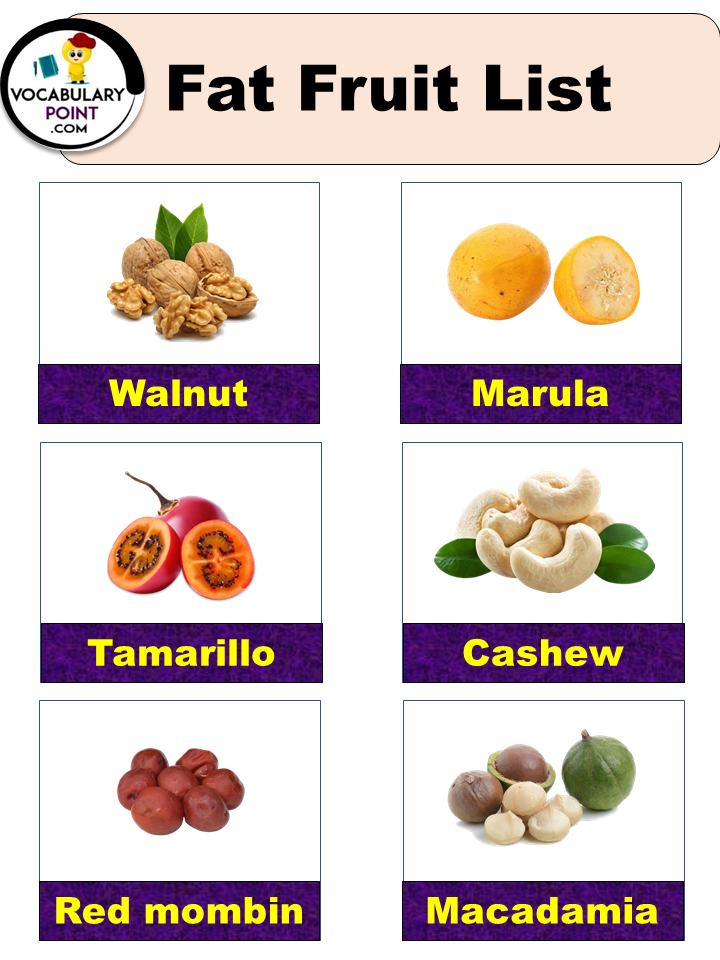
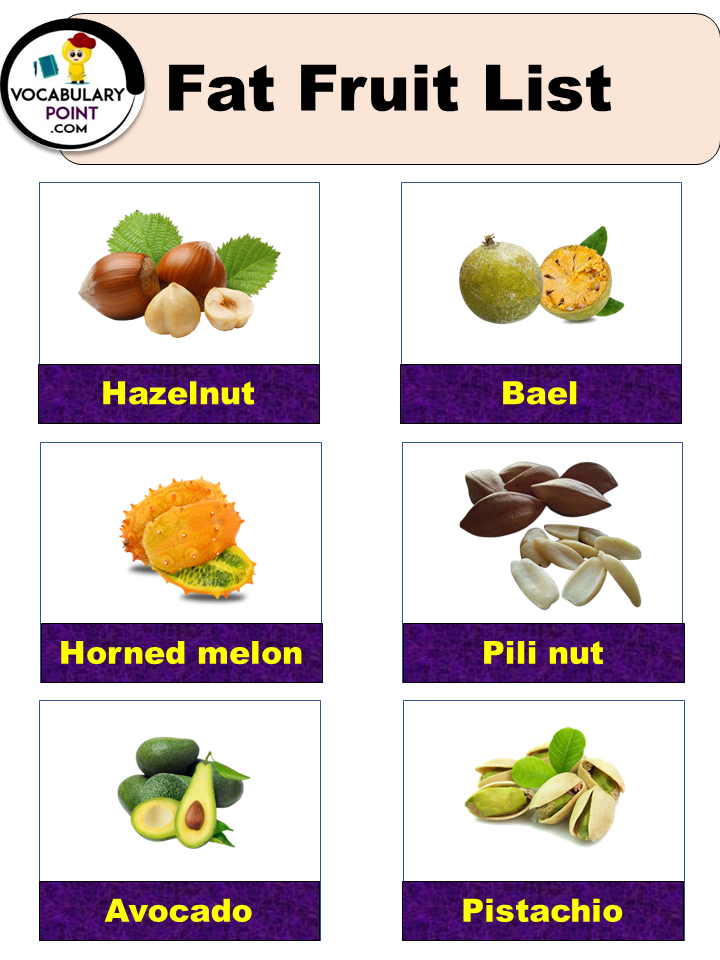
Fat Rich Fruits with Their Benefits
Walnut
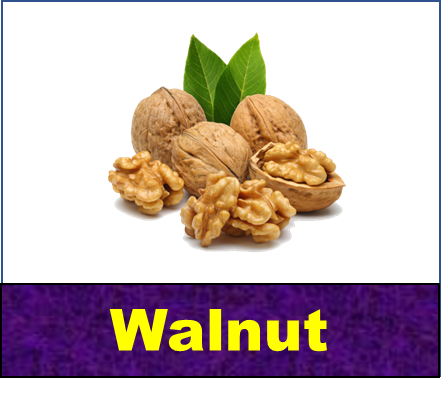
- Cardiovascular Support:
Walnuts are rich in omega-3 fatty acids, which have been linked to promoting heart health. These healthy fats can help reduce bad cholesterol levels, lower inflammation, and support proper blood vessel function, ultimately reducing the risk of cardiovascular diseases.
Marula
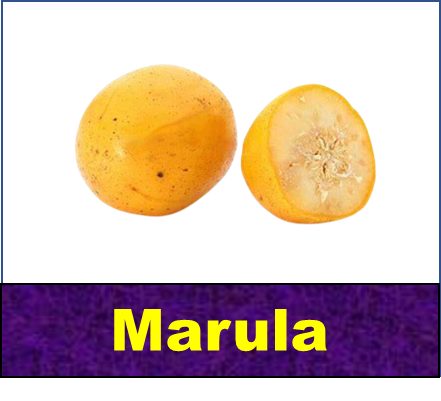
- Skin Nourishment:
Marula oil is rich in essential fatty acids and antioxidants, making it a potent natural moisturizer. It helps hydrate and nourish the skin, improving its elasticity and promoting a healthy complexion.
Tamarillo
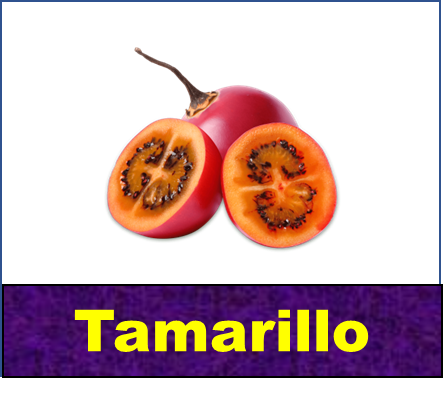
- Rich Antioxidant Source:
Tamarillo is loaded with antioxidants that help combat oxidative stress, potentially lowering the risk of chronic diseases and promoting overall well-being.
Cashew
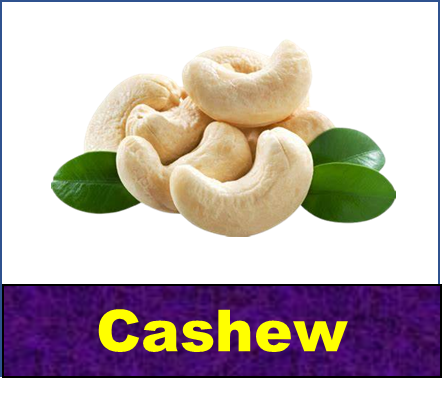
- Heart Health Support:
Cashews are rich in monounsaturated fats and magnesium, which can help lower bad cholesterol levels and support cardiovascular health.
Red mombin
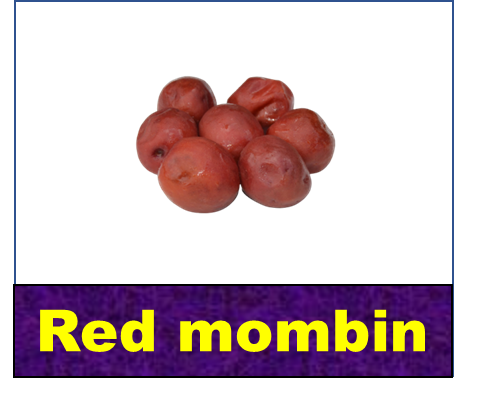
- Antioxidant Protection:
Red mombin is a rich source of antioxidants that help neutralize harmful free radicals in the body, supporting overall health and reducing the risk of chronic diseases.
Macadamia
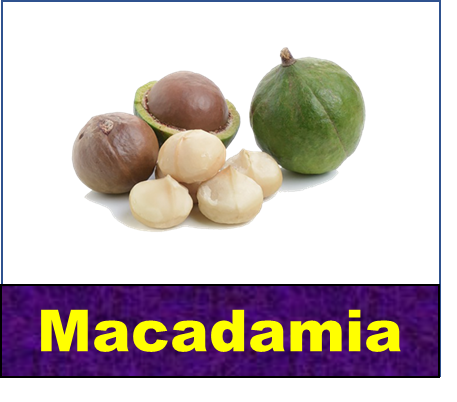
- Heart Health Support:
Macadamia nuts are rich in monounsaturated fats that can help improve cholesterol levels, thereby promoting cardiovascular health.
Hazelnut
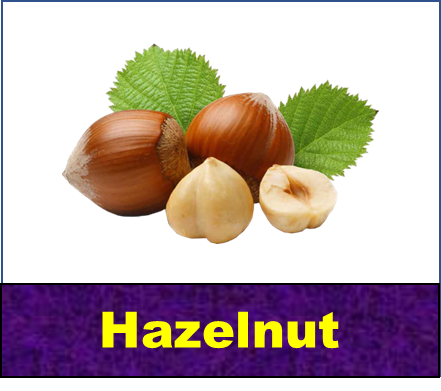
- Nutrient-Rich Powerhouse:
Hazelnuts are packed with essential nutrients like vitamin E, magnesium, and copper, contributing to overall health and well-being.
Bael
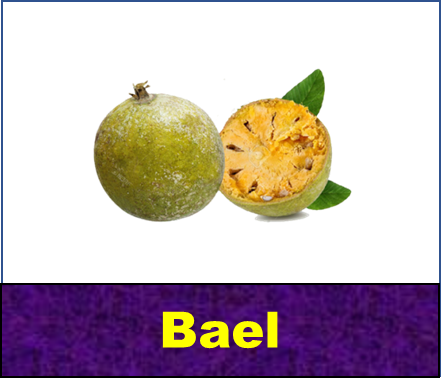
- Digestive Aid:
Bael fruit is known for its digestive properties, helping to relieve constipation, improve gut health, and promote smooth digestion.
Horned melon
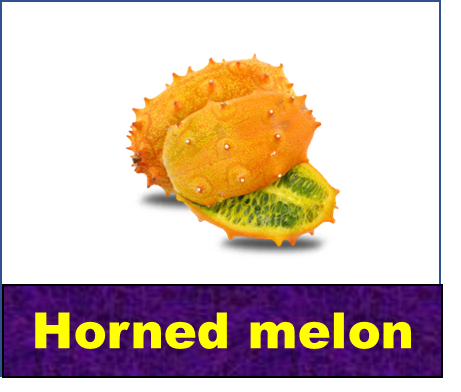
- Hydration Support:
Horned melon has high water content, making it a hydrating fruit choice that can help maintain proper fluid balance in the body.
Pili nut
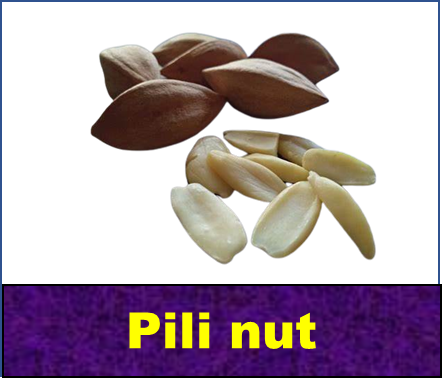
- Rich Nutritional Profile:
Pili nuts are packed with essential nutrients like magnesium, phosphorus, and protein, contributing to overall health and vitality.
Avocado
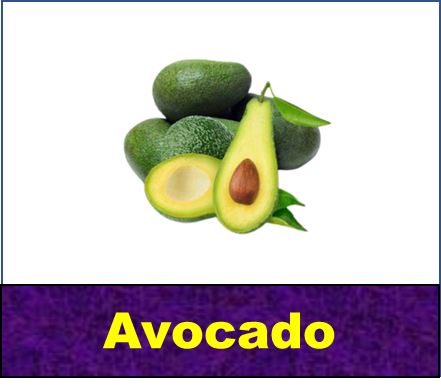
- Heart Health Promotion:
Avocados are rich in monounsaturated fats that can help improve cholesterol levels, supporting cardiovascular well-being.
Pistachio
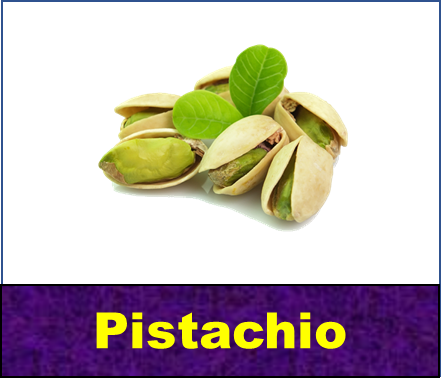
- Heart Health Support:
Pistachios contain heart-healthy monounsaturated fats that can help lower bad cholesterol levels, promoting cardiovascular well-being.
